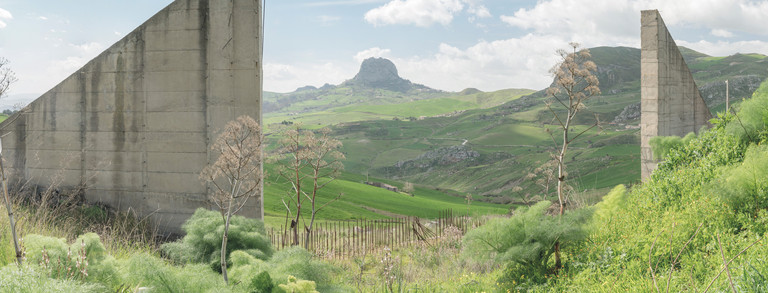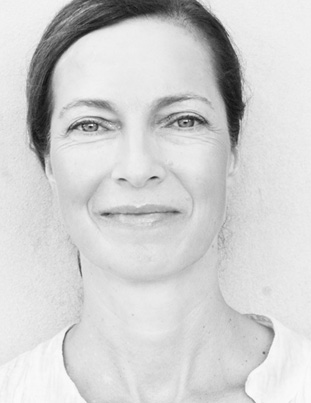
You are here:

Imke Woelk studied architecture and fine arts in Braunschweig and Venice. She worked with Massimiliano Fuksas in Rome and Will Alsop in London. 2005 she founded the Berlin office IMKEWOELK + Partner which combines architecture and art, planning practice and research. Imke Woelk has taught and conducted research for educational institutions in Germany, United Kingdom, Denmark, Italy and South Korea. In 2003 she was holding the ‘Rome Prize Villa Massimo’ in architecture. she received her PhD from TU Berlin under Finn Geipel and Andres Lepik in 2010, and successfully completed 2018 the class ‘Architectural Imagination’ at Harvard GSD under Michael Hays. She was appointed to the Art Advisory Committee by the Berlin Senate Department for Culture in 2016 and was holding the jury chairmanship for the Czech National Architecture Award 2019. In 2020, she was appointed as a member of the Deutscher Werkbund.

Characteristics of a fragmentary space
The focus of the lecture is the examination of the idea of open space, which has been continuously discussed since the important buildings of Ludwig Mies van der Rohe. Imke Woelk is convinced that an unfinished spatial image understood in this way has a lot of potential in its specific universality, as a social idea, as well as in terms of design. Conceived not as a neutral environment, but as a conceptual framework of a precisely formulated spatial field of reference that is completed through its use, the participation of the recipient. Thus, on the one hand, it allows users interpretive freedom; on the other hand, structural design features of the work itself condition these interpretive processes. As an alternative to the complete formulation of architecture and city, such a spatial structure offers a multitude of adaptation points that can be constantly reconnected with the environment through social dialogue. This spatial image is aware of its relational character. It also has unregulated spaces, such as the possibility of simply not building individual ones at all. This is also the legacy of 20th century art, which elevates the unfinished, the fragment, the 'open work' to a programme. Within this new aesthetic category, Imke Woelk works on spatial strategies and identities that are undogmatic and sensual, free for the unexpectedly different, and intended for everyday life.
